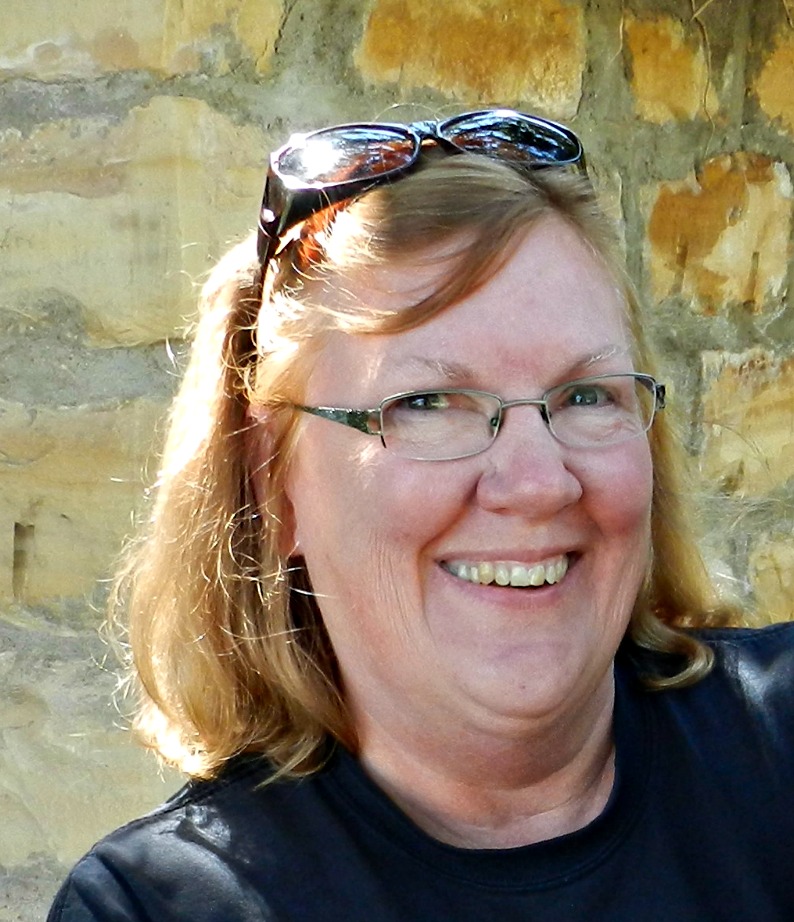
By this story’s publication, either Kansans will be cleaning up after the ice storm of the decade or forecasters will be the butt of jokes at local coffee shops. While technology helps Great Plains residents survive catastrophic storms, it also creates worry over weather that doesn’t manage to star in an advertised performance. I wonder what our ancestors who settled this landscape would think about meteorological prognostication that involves science more than folk wisdom.
Those who love me know I’m a weather channel junkie. In fact, a daughter teased that I’m one reason bread and milk supplies run low before storms hit. Yes, I prepare for whatever heads my way, whether it’s blizzard, ice, wind, or flood. I’ve failed to pay attention enough that I’m gun shy and stock up at first warning.
I’ve awakened to rising waters soaking into my tent and sleeping bag during a spring campout. This event occurred before cellphone alerts, and I was so excited about the adventure I didn’t watch the news. Who knew a moisture-laden front would arrive the same day we did? I’ll never forget wearing drenched clothes to breakfast and watching people laugh at waterfalls pouring from a trunk stuffed with a sopping tent, pillows, and bags.
That wasn’t my only experience with bad weather. During my early parenting years, blizzards and tornadoes caught me unaware and wishing I’d watched the news. That said, I don’t know that meteorologists were as knowledgeable then as they are today. I recall the Highway Patrol shutting the I-70 Hays gate behind me as I drove14 miles west in a whiteout. I prayed for two solid hours that I’d make it through snow so heavy I couldn’t tell where the road was.
Another time, a July tornado outbreak caught me on the road between McCracken and Ellis. It rained so hard I couldn’t see the pavement or nearby tornados touching down according to the radio. Such adventures give new meaning to white knuckle driving.
These experiences make me wonder about relatives who migrated to Kansas in 1872. They came from Canada in time to experience grasshopper invasions and later the killer blizzard of 1886. Unaware of the building storm, Great-Great- Grandpa sheltered with strangers when that storm caught him riding home from a preaching assignment. His poor wife worried about his safety as well as her family’s diminishing food and coal supply.
Mari Sandoz’s novella Winter Thunder offers a more recent example of nature running amok. The author based her tale on a niece’s experience guiding students to survive a 1940s Nebraska Sandhills’ whiteout. Again, no warning. The tempest caught the school and surrounding ranchers unaware. An inexperienced teacher and teenage bus driver used their wits to ensure everyone’s survival after a fiery wreck forced them to spend three days outside in the storm.
My own experiences and those of others make me appreciate multiple weather sites and forecast models. Fronts can fizzle out or head other directions, encouraging armchair quarterbacks to second-guess and tease my favorite prognosticators. As for me, I’ll freeze that extra loaf of bread and gallon of milk just in case….
Native Kansan Karen Madorin is a local writer and retired teacher who loves sharing stories about places, people, critters, plants, food, and history of the High Plains.
